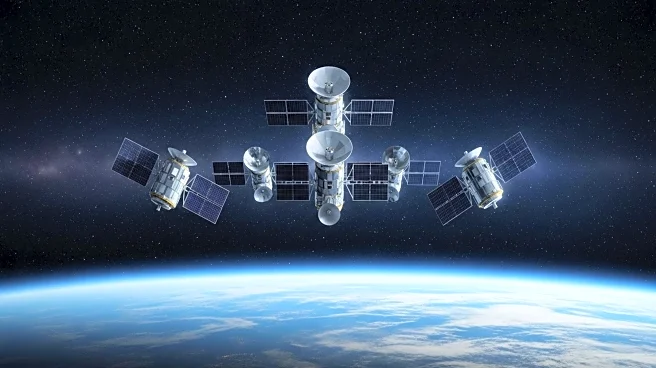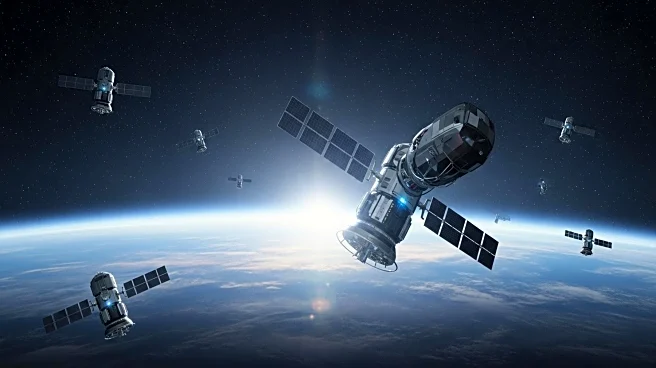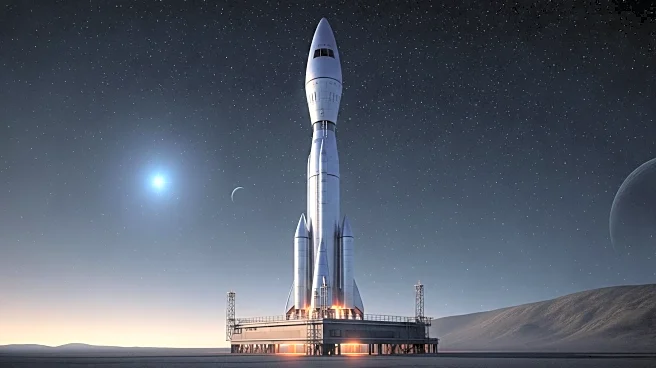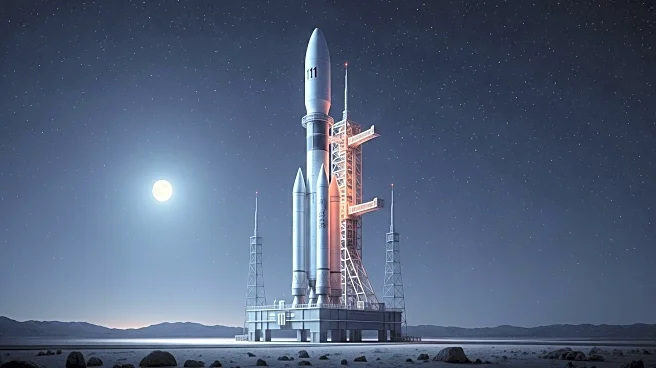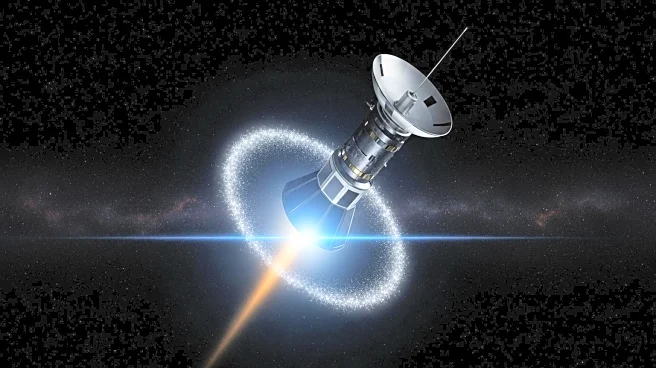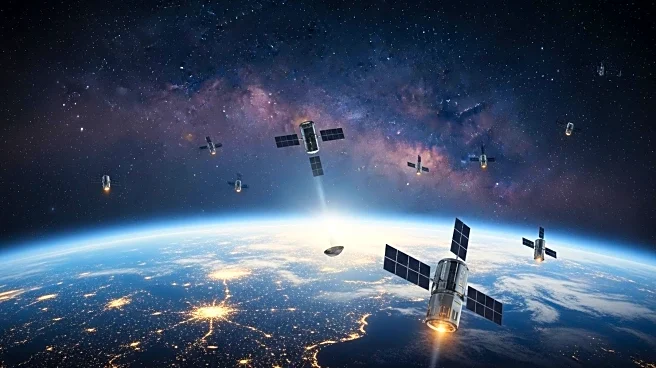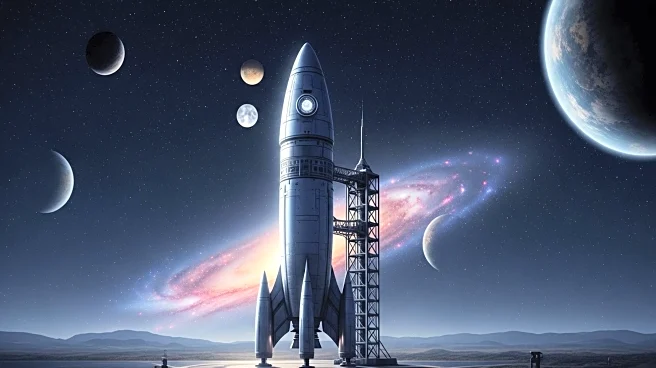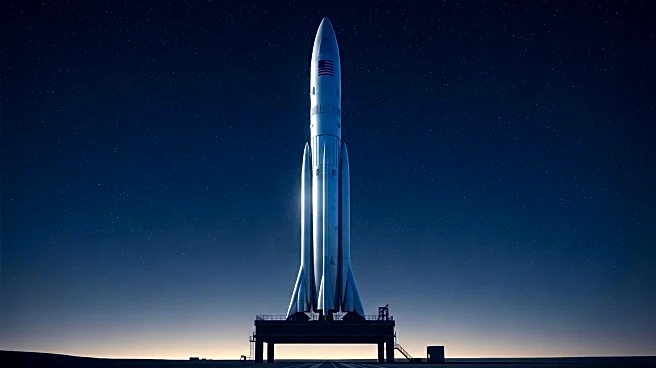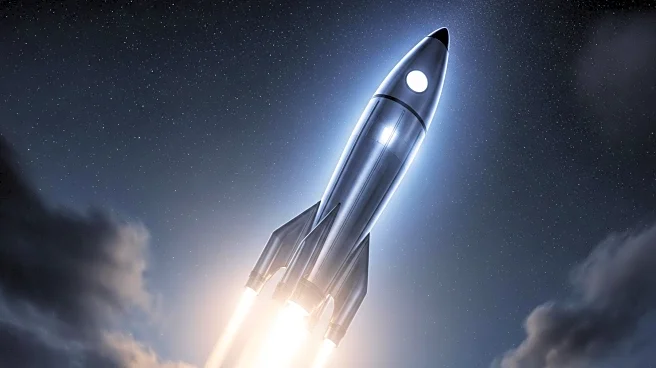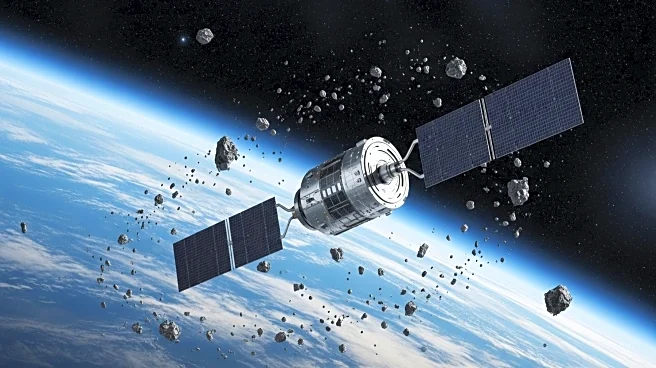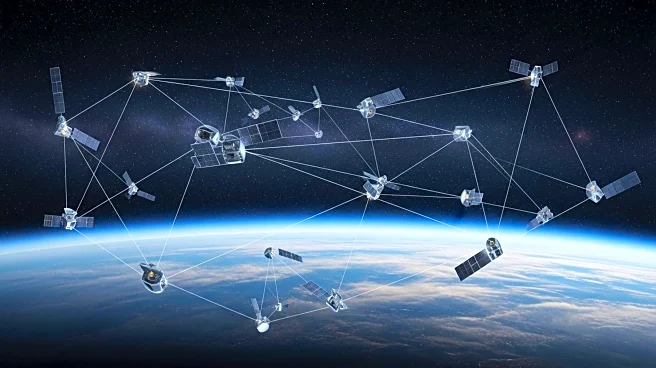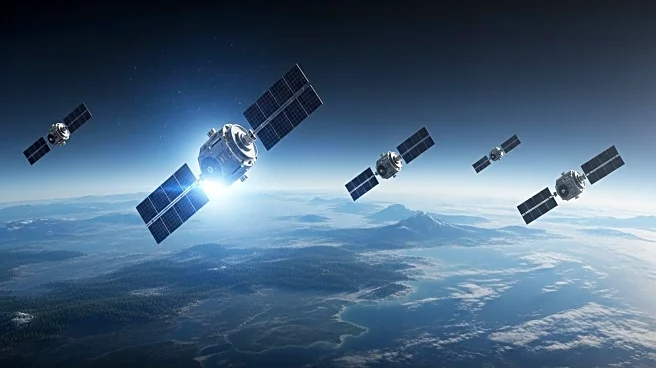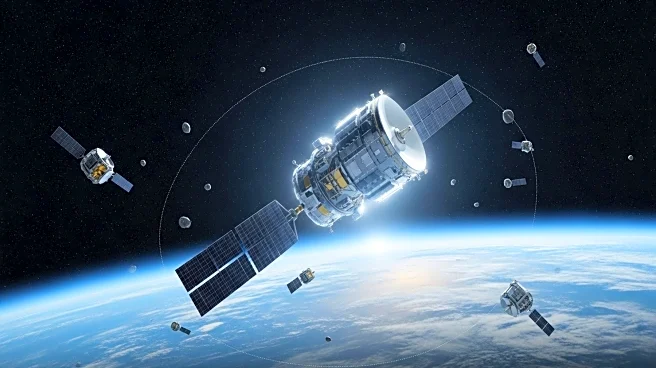What is the story about?
What's Happening?
A recent study highlights the growing congestion in low Earth orbit (LEO) due to the increasing number of satellites. The study reveals that the percentage of satellites performing more than 10 collision-avoidance maneuvers per month has risen from 0.2% in 2019 to 1.4% in 2025. This increase indicates that approximately 340 satellites are frequently dodging debris and other spacecraft. The number of objects in LEO has surged from 13,700 in 2019 to 24,185 in 2025, with projections suggesting up to 70,000 satellites by the end of the decade. The study, using data from the U.S. Space Command, modeled collision likelihoods and noted maneuvers when objects came within 66 feet of each other. Operators like SpaceX and NASA have different thresholds for maneuvers, with SpaceX's Starlink satellites performing numerous maneuvers to avoid collisions.
Why It's Important?
The increasing congestion in LEO poses significant challenges for satellite operators, affecting operational efficiency and safety. Frequent collision-avoidance maneuvers disrupt satellite operations, particularly for Earth-observation spacecraft that require precise altitude control. The risk of collisions is heightened by the growing number of satellites, which could lead to more debris and further complicate orbital operations. This situation underscores the need for coordinated satellite management and strategic deployment to mitigate risks. The study suggests that without effective management, the risk of collisions and subsequent debris creation could accelerate, impacting the sustainability of satellite operations and potentially leading to increased costs and operational challenges for satellite operators.
What's Next?
The study recommends that satellite operators consider launching fewer satellites into already crowded orbits and coordinate their constellations to minimize crossing paths. However, global coordination among operators, especially between major players like SpaceX and Chinese satellite operators, remains uncertain. As countries plan to develop their own satellite constellations, the challenge of managing orbital congestion will likely intensify. The study highlights the need for international cooperation and strategic planning to ensure the long-term viability of satellite operations in LEO.
Beyond the Headlines
The growing congestion in LEO raises ethical and environmental concerns regarding space sustainability. The potential for increased debris from collisions poses risks not only to operational satellites but also to future space exploration and research. The study's findings emphasize the importance of developing policies and technologies to manage space traffic and debris, ensuring the responsible use of orbital space. As satellite technology advances, the need for comprehensive space traffic management systems becomes increasingly critical to prevent the escalation of orbital congestion and its associated risks.
AI Generated Content
Do you find this article useful?
